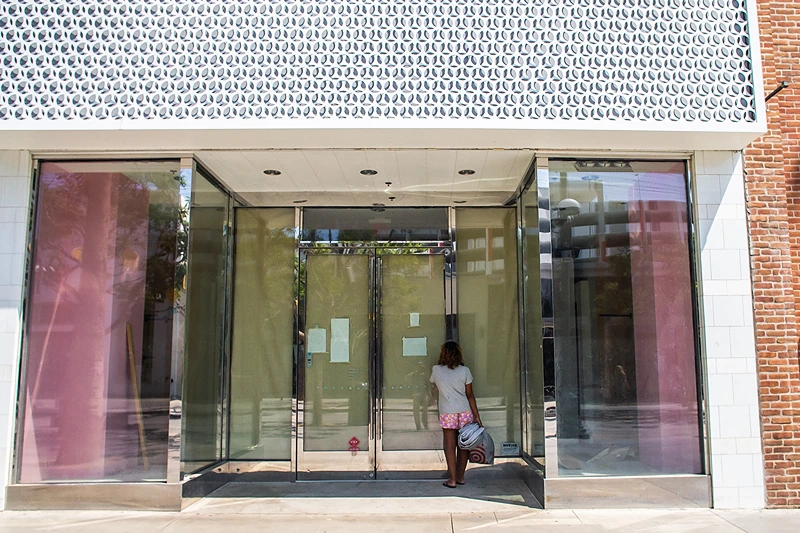

OAN’s Brooke Mallory
6:43 PM – Sunday, June 11, 2023
Almost 10,000 bank branches have closed in the United States in the last few years, hastening the country’s shift to computerized, automated banking and less need for bank employees.
Advertisement
The closing of bank branches has been gradually intensifying, with closures reaching an all-time high last year.
According to data from S&P Global Market Intelligence, the number of facilities closing down increased from 1,417 in 2019 to 3,066 in 2022.
Since 2019, 9,536 brick-and-mortar branches of small and large heritage banks have shuttered, leaving many disadvantaged areas without access to essential financial services.
According to the statistics, Truist Bank topped the field in terms of branch closures in 2022, closing 422 locations throughout the country, while Bank of America closed 322.
With rampant inflation and rising living costs, some experts advise that clients and customers may wish to examine their finances with their bank in person.
Branches are a lifeline for anybody who needs to talk with a staff member in person or do simple operations like cashing a check, making a small deposit, or obtaining cash. Due to the decreasing number of locations, citizens must drive longer distances to their nearest bank, which often disadvantages vulnerable and elderly customers.
According to the National Community Reinvestment Coalition, one-third of the stores that shuttered between 2017 and 2021 were in low-income and “majority-minority” communities.
Accelerating closures increase the risk of towns becoming ‘banking deserts,’ where there is no bank or credit union within 10 miles, leaving citizens increasingly susceptible to high-fee lending choices like payday loans.
Banks are increasingly focusing on digital services and banking apps, a trend accelerated by the COVID-19 pandemic.
According to a Federal Reserve research, digital transactions increased by 12.4 percent in the first quarter of 2020 alone.
However, some customers may be hesitant to utilize online banking or may have restricted access to these services, forcing them to solely rely on physical locations.
Banks such as Bank of America, Capital One, Citizens Bank, JPMorgan Chase, and Wells Fargo are planning to eliminate 20 locations in New York over the next several months. However, it has not been reported how many locations will be shutting down in other areas in the future.
According to S&P Global Market Intelligence, 79 sites shuttered in April alone, increasing the total number of bank closures in the United States to 78,475.
PNC Bank was the greatest offender in April, closing 21 locations, eight of which were in Maryland. Throughout the last year, PNC has closed 181 branches and opened only 19 throughout the United States.
Pennsylvania reportedly had the most net closures in April, with 13 of their locations closing.
New Jersey took second place with 11 net closures, followed by New York with ten.
Stay informed! Receive breaking news blasts directly to your inbox for free. Subscribe here. https://www.oann.com/alerts






Be the first to comment